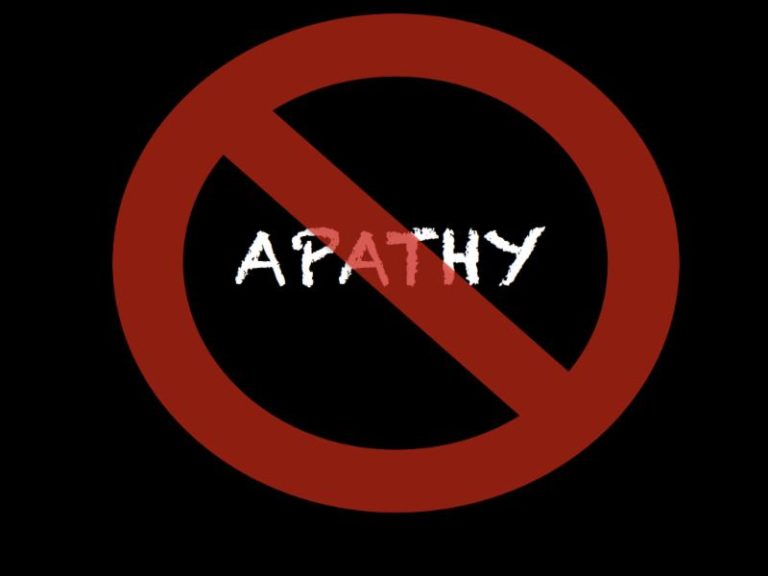
High Expectations
Leadership is not for everyone. It requires a very specific type of person who sees the best in others, and acts on it…consistently. That takes

Share this post:
I am convinced that one of the biggest problems in organizations is apathy. Even more than negativity. Negativity is obvious, therefore, can be addressed directly. Whereas, apathy can be masked. It can be subtle. Easy to overlook. Apathy can show up in many ways: chronic tardiness, no input in meetings (ever), giving the bare minimum (always). The list goes on and on. While apathetic staff can be toxic, infectious, and detrimental to a culture of excellence, this article is not about apathetic staff. It is about apathetic leaders.
Unhealthy combination
In the same way that alcohol and medications must not be mixed…apathy and leadership must not be mixed. If you are in a leadership role, and find yourself in an apathetic state…find another job. Not because you are a bad person, or a quitter – but simply that nothing good comes from apathetic leadership. The organization does not benefit, the customer does not benefit and the staff does not benefit. Find another job. Your apathy may have been brought on by factors outside of your control, like feeling un-appreciated by your own apathetic leader. If you have tried to address the issue(s) with no success, and feel that nothing is getting better…find another job.
Apathy can easily become a habit, which can lead to psychological and physiological stress (and ailments). Find another job. Go somewhere else to work. Create your own job if you need to. Being engaged and productive at work ought to be federally mandated (just kidding…kind of). It’s very difficult to be on a team with an apathetic boss. Sure, the team can still persist and produce good work. But. It’s like trudging through knee-deep mud. You can get there but it takes so much more energy. Unnecessarily more energy.
So, what’s next?
Let’s say that you are in an apathetic mental state. As in right now…as you are reading this article. What should you do? I recommend to begin by exploring why the apathetic state has come over you. What happened? Keeping asking “why” until you get to the root cause; then address it with whomever you need to address it with. There. Is. No. Other. Way. I’m sorry. The apathy won’t go away on its own. Weeds don’t just go away. Neither will apathy.
Find passion
Perhaps the cure for apathy might be finding something you are passionate about at work. Perhaps you love developing people, so you create a plan where you spend 15 minutes each week specifically doing something to develop someone. Or perhaps you love competition and “winning stuff”. So you come up with metrics to measure team performance and create an incentive program for team members to earn more or win something. You get the picture. Find something to be passionate about. Or…find another job.
It takes courage to acknowledge that you deserve to be engaged at work. It takes courage to confront apathy. It takes courage to find another job, if you need to.
To boil it all down, don’t be apathetic. If you are in a leadership role, REALLY don’t be apathetic. Simply because those in positions of authority tend to have more influence than those who don’t. As you become more engaged, so will your team and so you will your customers. So make engagement a priority. Start with yourself. Self-engagement. Be engaged. You can’t consistently engage your team if YOU are not consistently engaged. Once you do so…once you become engaged, apathy will have no other choice, but to find somewhere else to work.

Leadership is not for everyone. It requires a very specific type of person who sees the best in others, and acts on it…consistently. That takes

Someone recently asked me for advice on how to get a job promotion. I told him to be consistently exceptional at his current job. And also, to